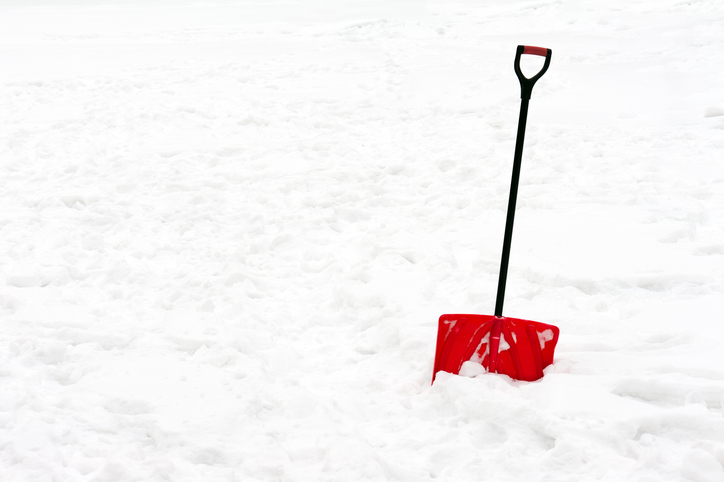
In Yakima, the snow is falling, making for a beautiful winter wonderland (if you like snow, that is). But there’s a side to snow we all hate, and it’s a common activity that brought almost 250,000 Americans to the emergency room or doctor’s office last year: snow removal.
Shoveling snow is hard work, but it’s a chore that has to be done to keep family and neighbors from getting a face full of the sidewalk. For seniors, snow removal can be especially challenging—and if you’re a family caregiver, you may be responsible for not only your own sidewalk but also that of your elderly relatives!
To help prevent injuries and overexertion, read these snow shoveling safety tips from the American Academy of Orthopaedic Surgeons (AAOS):
- Push the snow, don’t lift it. If you must lift, take small amounts of snow, and lift it with your legs: squat with your legs apart, knees bent and back straight. Lift by straightening your legs, without bending at the waist.
- Do not throw the snow over your shoulder or to the side. This requires a twisting motion that puts stress on your spine. Instead, walk to where you want to dump the snow.
- Know when to ask for help. If you’re suffering from a seasonal illness (like a cold or flu), or you’ve got chronic health issues, you may want to ask a neighbor or friend to help you.
According to the American Heart Association, the combination of activity and cold temperatures during snow shoveling may raise the risk of heart attack, so check with your doctor before treading out.
Many people choose to make the task easier and save wear and tear on their bodies by using a snow blower. Remember to:
- Follow instructions. While some of us lovingly refer to them as suggestion pamphlets, it’s always a good idea to read the instructions before using a snow blower, especially if you haven’t had to remove snow in a while.
- Never stick your hands or feet in the snow blower. If snow becomes impacted, stop the engine and wait at least five seconds. Unplug the snow blower. Use a solid object (not a body part) to clear wet snow or debris from the chute. Beware of the recoil of the motor and blades after the machine has been turned off.
- Do not leave the snow blower unattended when it is running. Shut off the engine if you need to walk away from the machine.
- Watch the snow blower cord. If you are operating an electric snow blower, be aware of where the power cord is at all times, so you do not trip and fall.
No matter what snow removal method you’re using, the AAOS recommends that you take your time. “Individuals tend to hasten through snow shoveling to avoid being outside in the cold for long periods of time,” said AAOS spokesperson Dr. Joseph Abboud. “Unfortunately, rushing through this task can lead to injuries. It should always be done at a slow and steady pace because of the energy and focus that’s required. Always check with your doctor before shoveling snow and consider hiring someone to do it for you if you’re unable to.”
Find more safe snow removal tips on the AAOS OrthoInfo consumer portal.
Source: The American Academy of Orthopaedic Surgeons (www.aaos.org)


